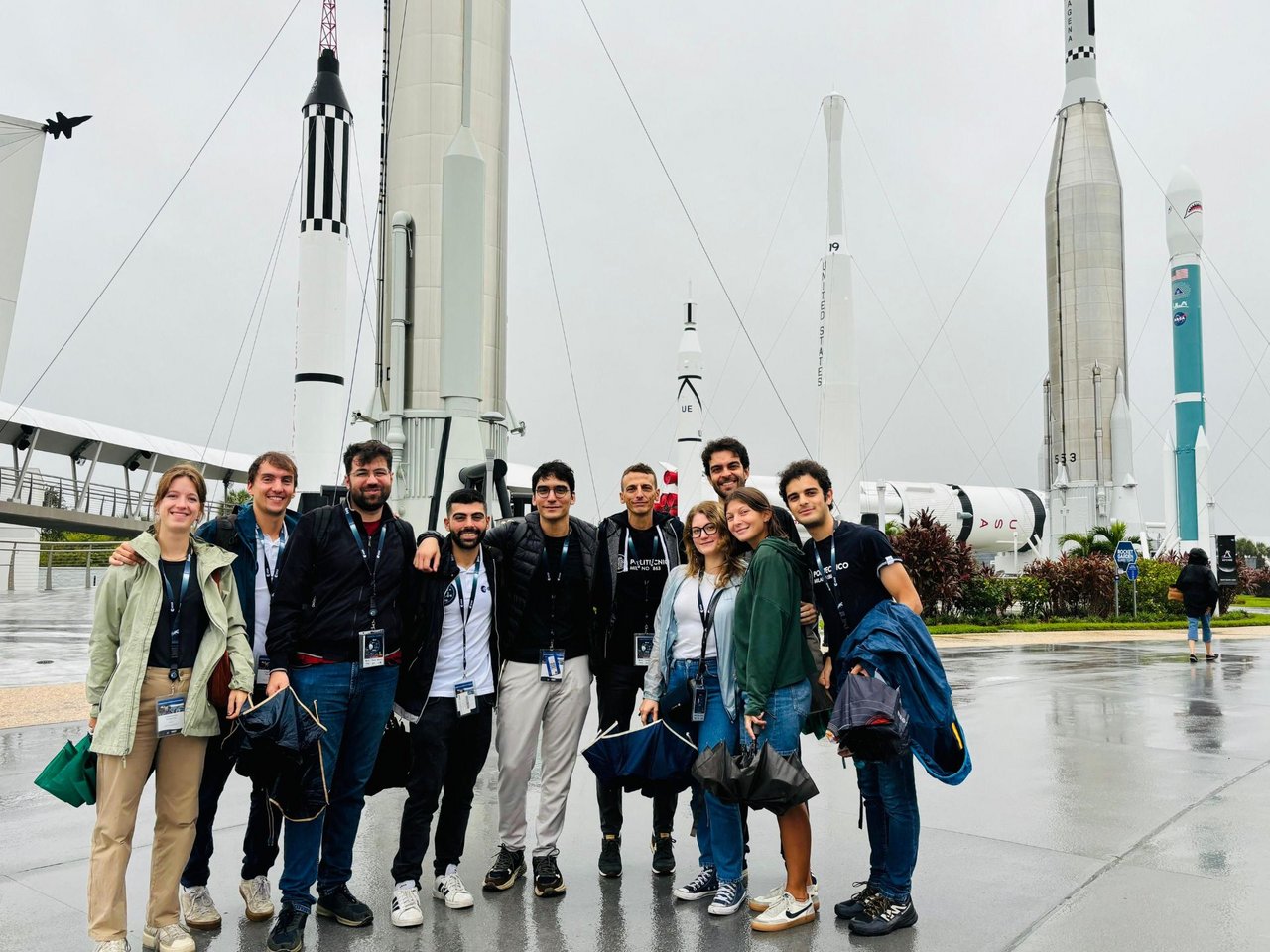Politecnico di Milano back to deep space
Cape Canaveral, 7 October 2024: the interplanetary probe Hera has been launched aboard a Falcon 9 rocket. Together with Hera, the Milani CubeSat and its team are ready to embark on an amazing journey from the Earth to Didymos, a double asteroid chosen as target of the first planetary defense experiment.
Hera is the European contribution of the ESA-NASA collaboration “Asteroid Impact and Deflection Assessment” (AIDA). The main goal of this joint effort is to prove the feasibility of a promising technology to deviate the course of an asteroid potentially impacting the Earth.
The team at Politecnico di Milano led by professors Francesco Topputo and Fabio Ferrari had a relevant role in designing the trajectories Milani will fly and its guidance, navigation, and control (GNC) subsystem. This will provide autonomous navigation capability to the CubeSat, while proving new technologies that will foster future miniaturized space exploration missions.
After release in the Didymos environment from the Hera mothership, Milani will be the first deep-space CubeSats to perform long-term, close-proximity operations near an asteroid. During its 90-day nominal mission, Milani will talk to Hera by the first Intersatellite link to be tested in deep space, a key enabler for small spacecraft constellations.
The team at Politecnico di Milano will be involved in the operative phase, it being responsible for Navigation Camera. The camera will provide astonishing images of the secondary body, Dimorphos, while attempting to take pictures of the crater left by the impact of NASA’s DART mission on September 26th, 2022.
Yet will there be a crater waiting for Milani? The answer is still debated in the scientific community, which is also what calls for Hera and its CubeSat to reach their target. Didymos is also one of the smallest objects ever visited by an ESA spacecraft, with many stories about the evolution of the Solar System yet to be uncovered by robotic explorers.
All good reasons to stay tuned for the first signal Hera will send after the separation from the launcher, heading toward its interplanetary pathway. Foreseen arrival date: December 2026. Destination: Asteroid 65803, Dydimos.
Credits cover image “Hera and its CubeSats” © European Space Agency ESA

